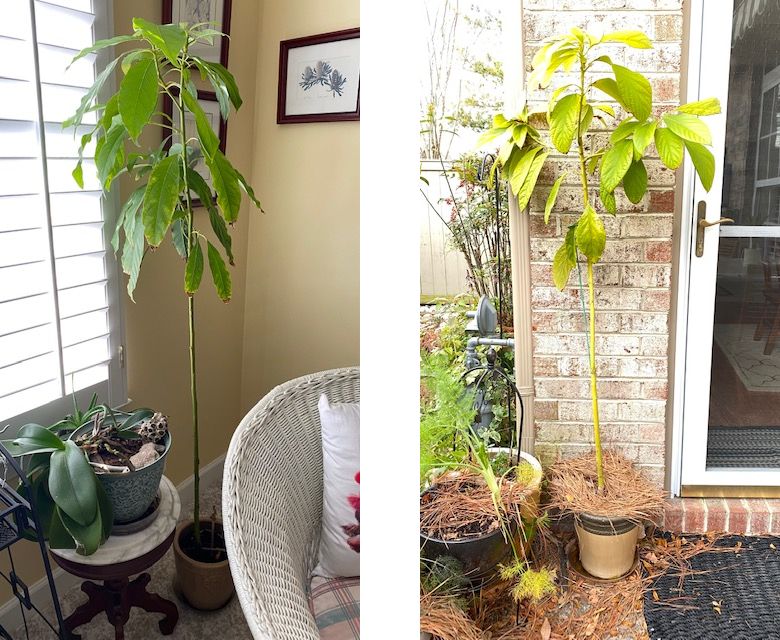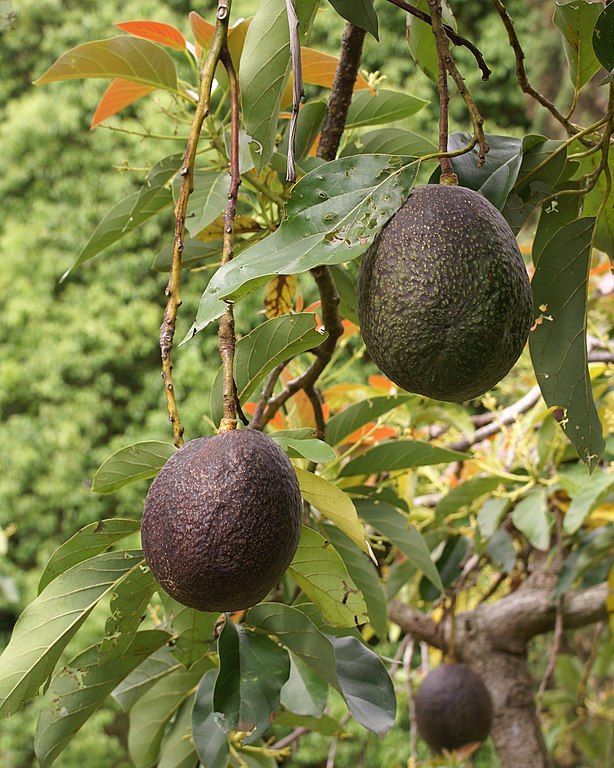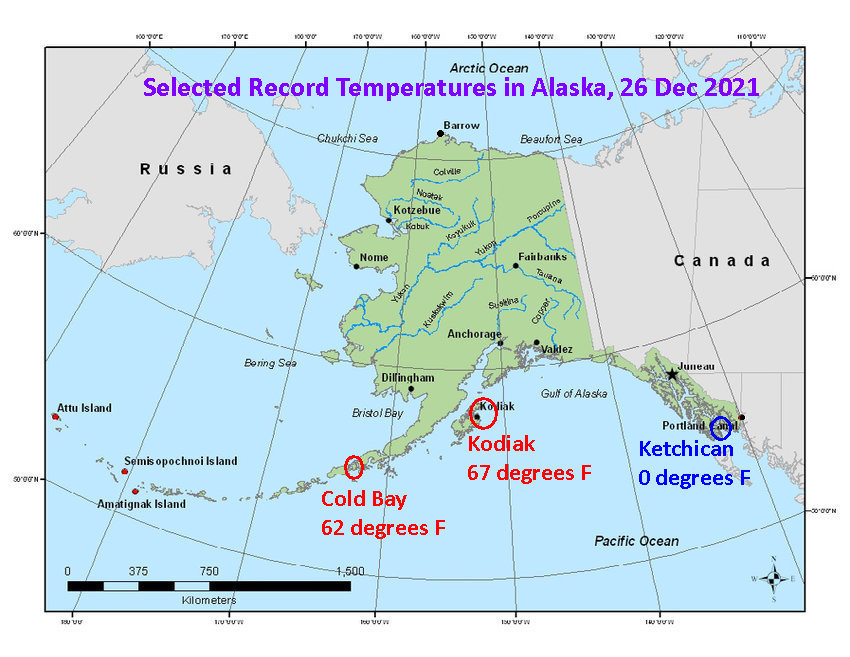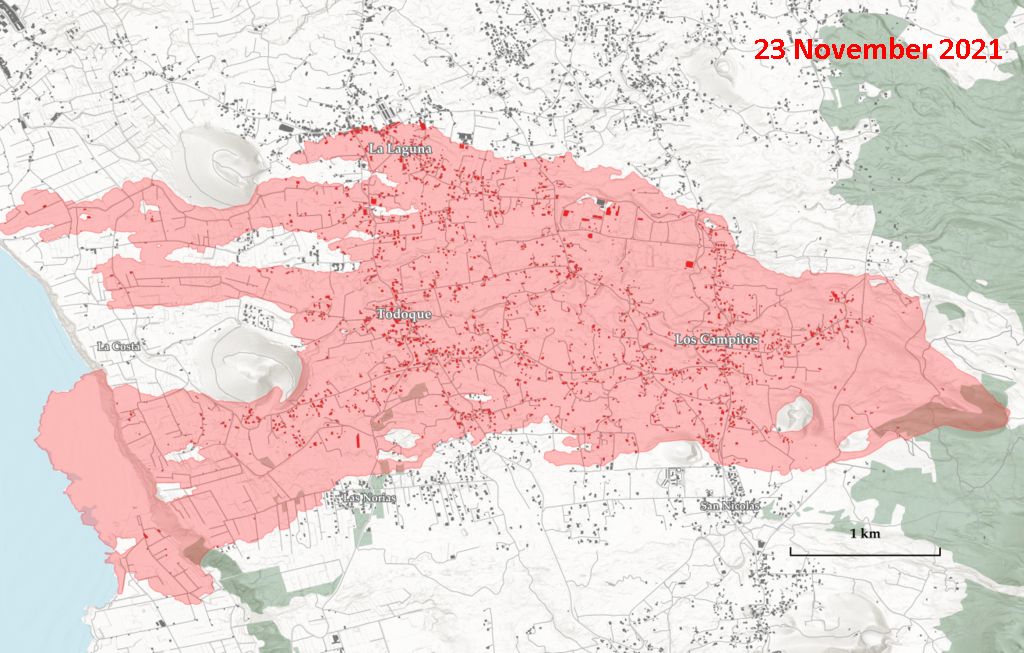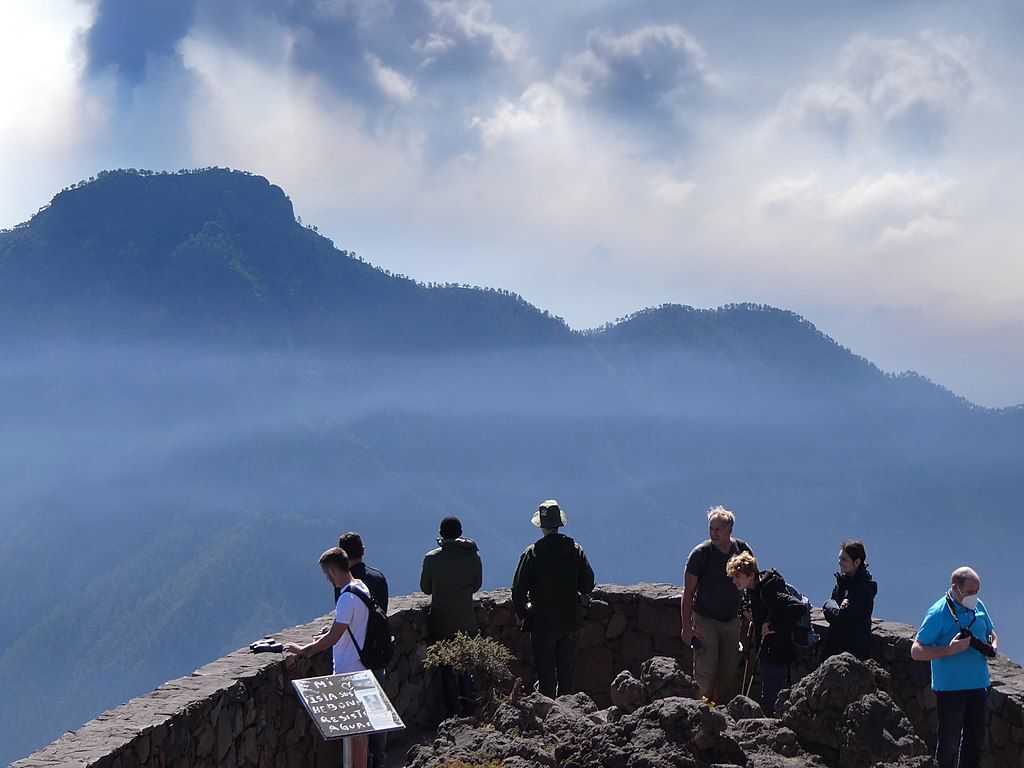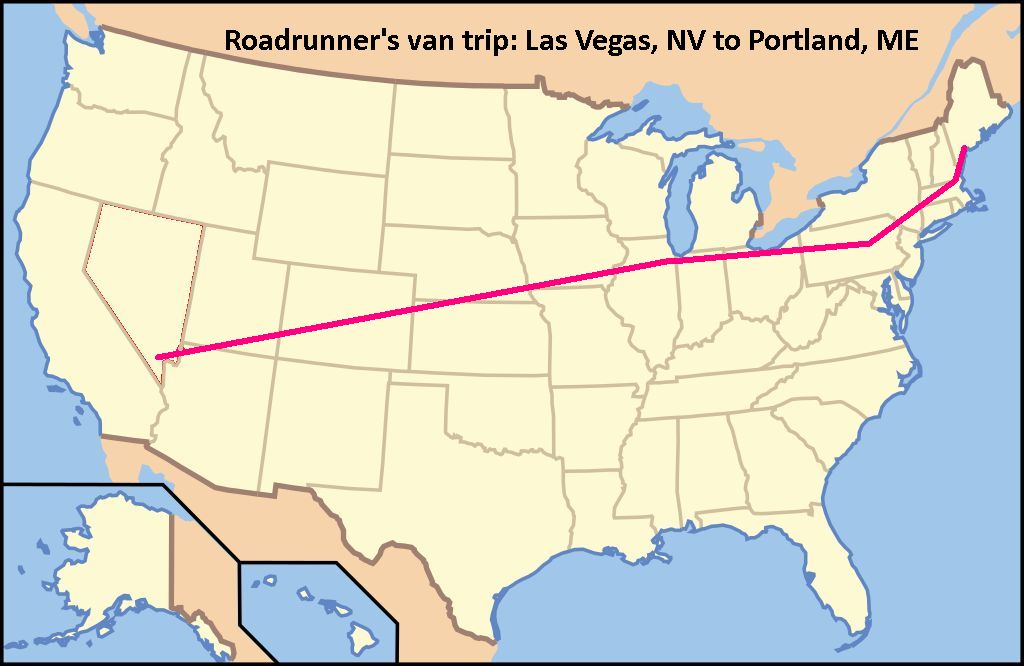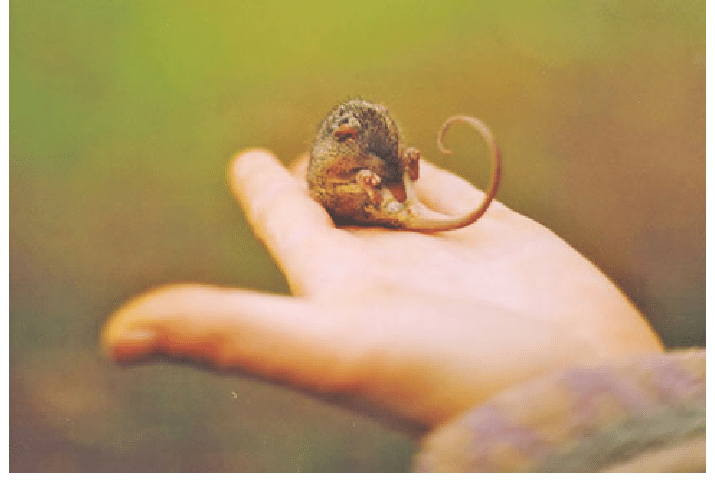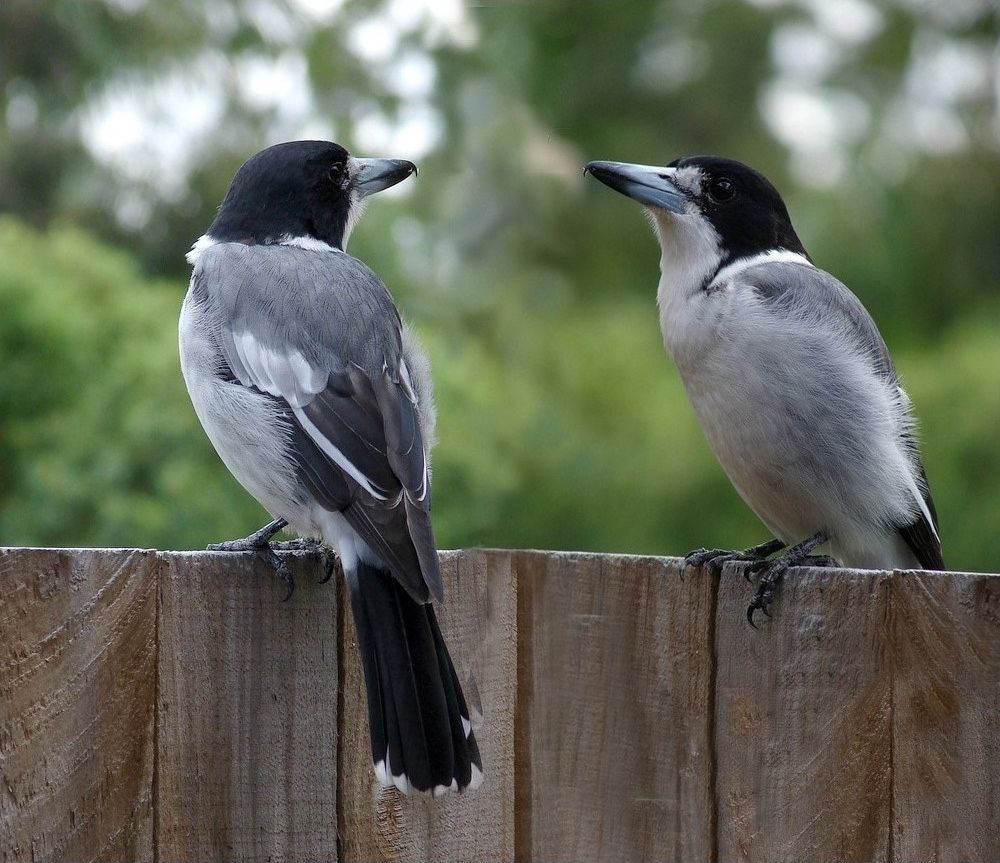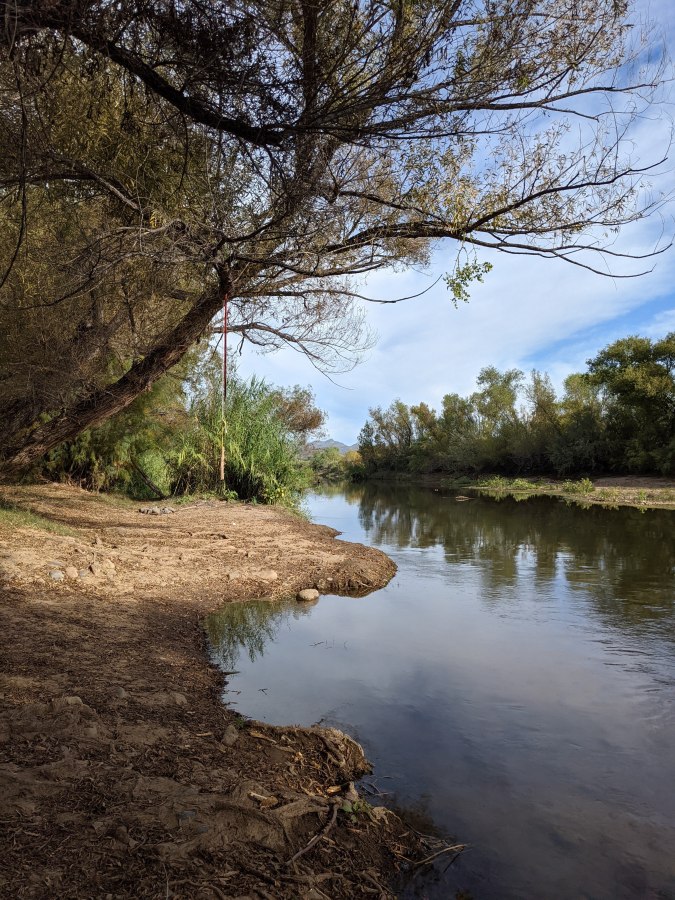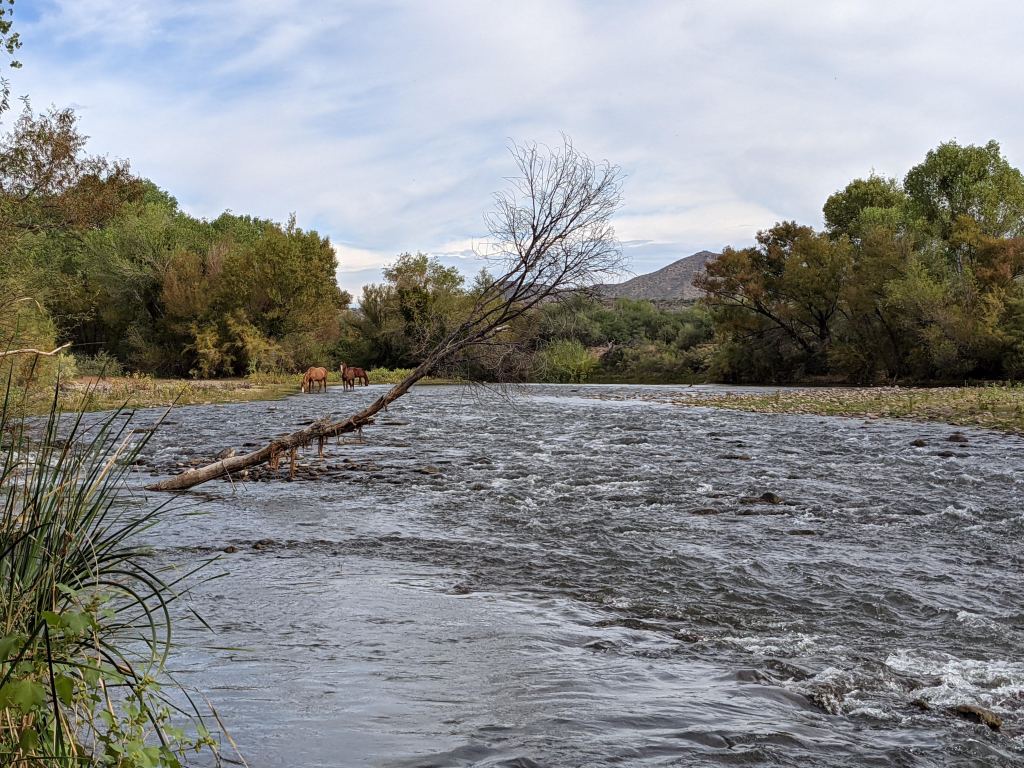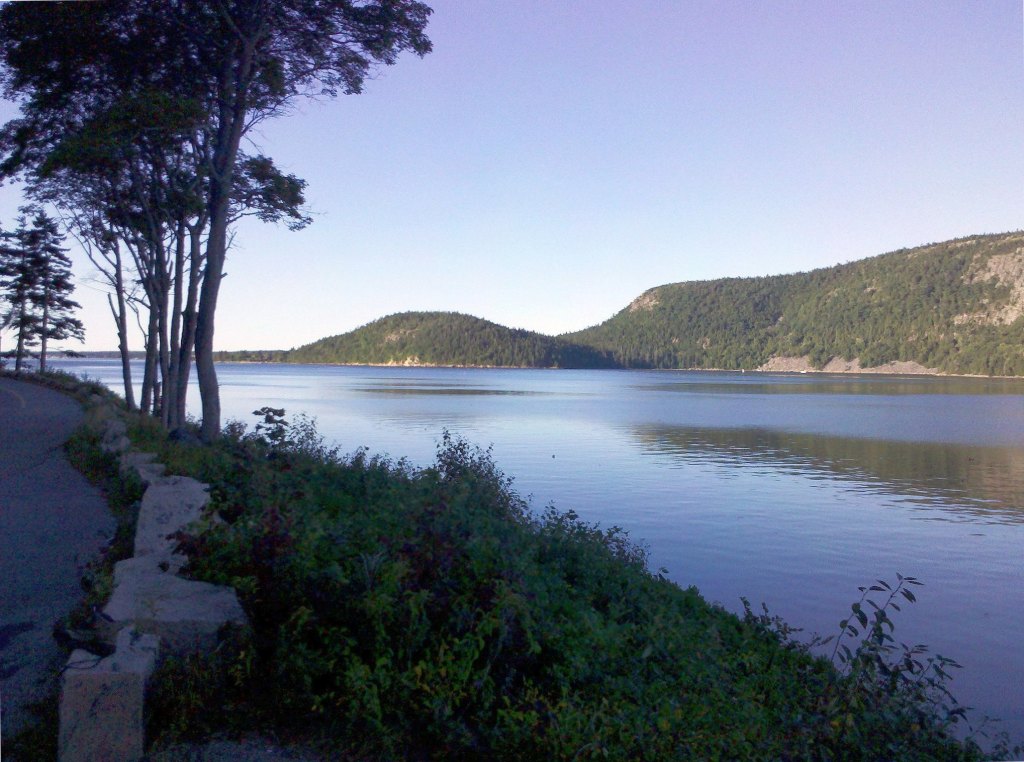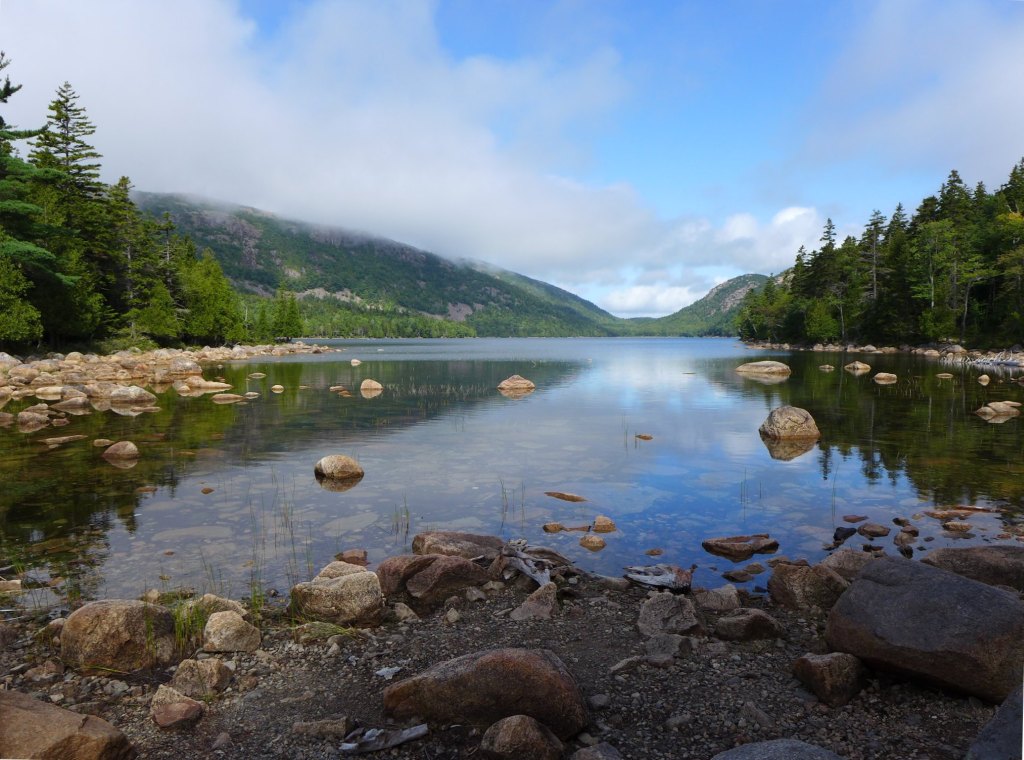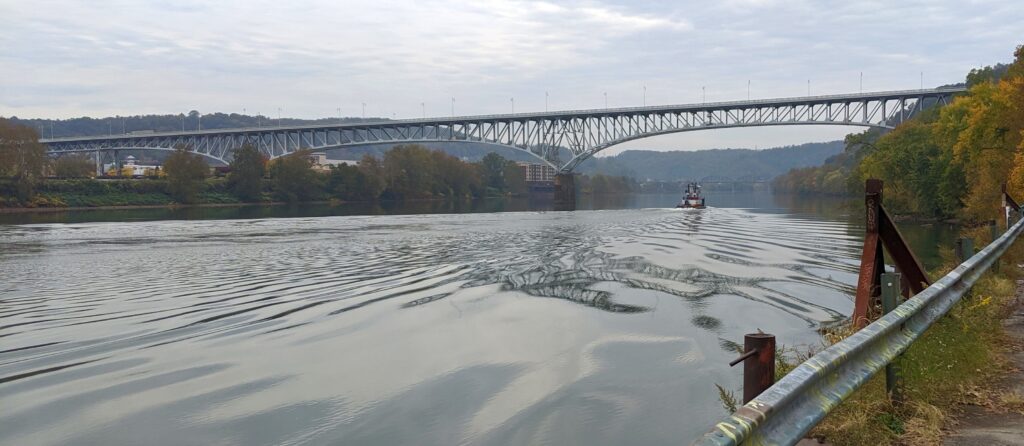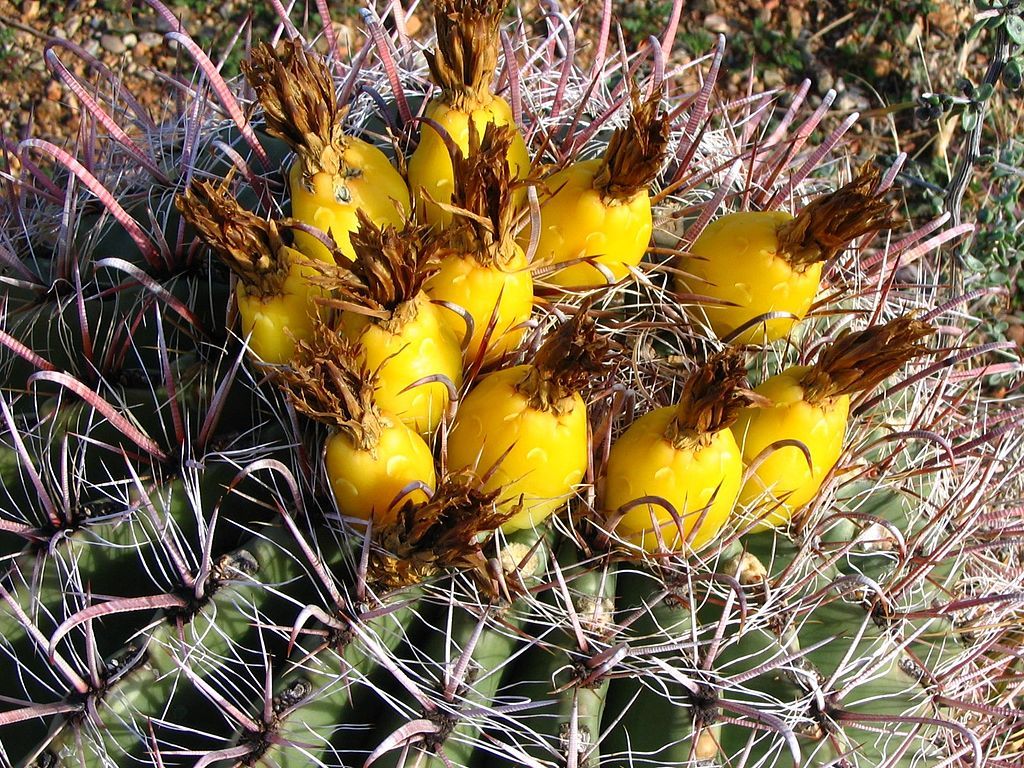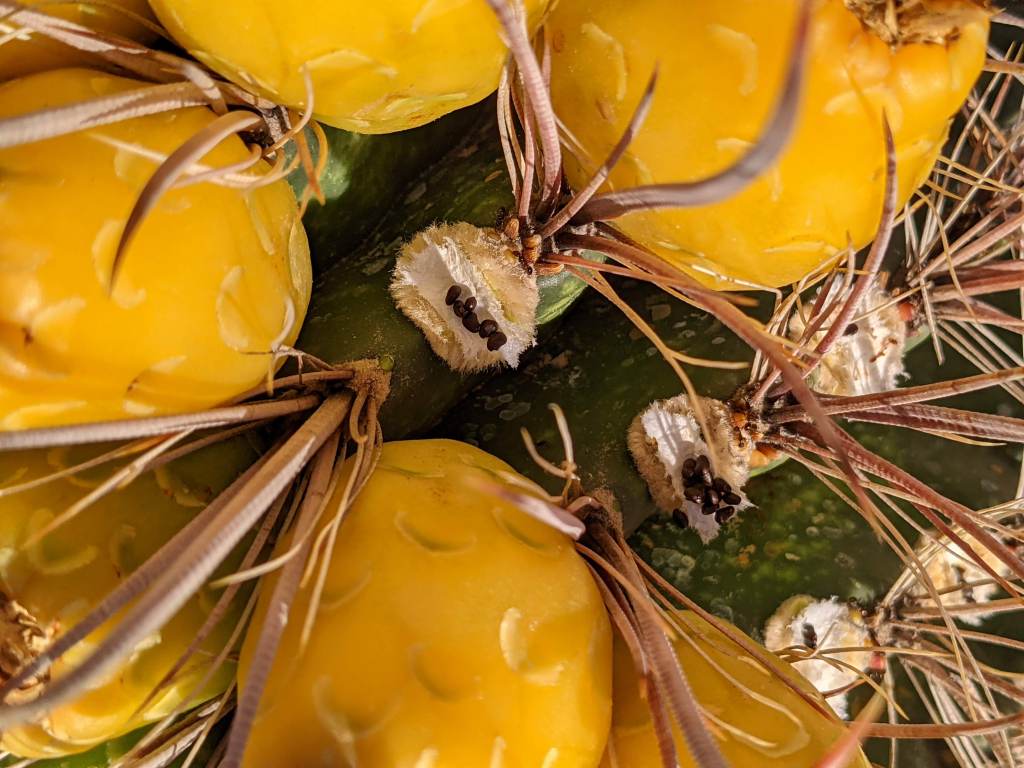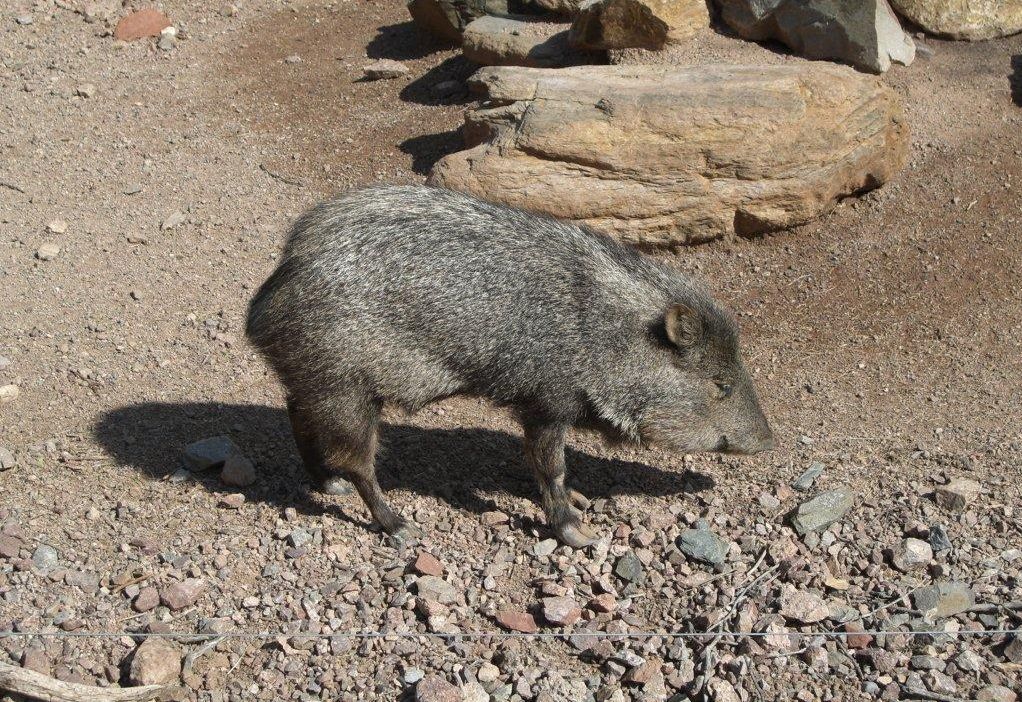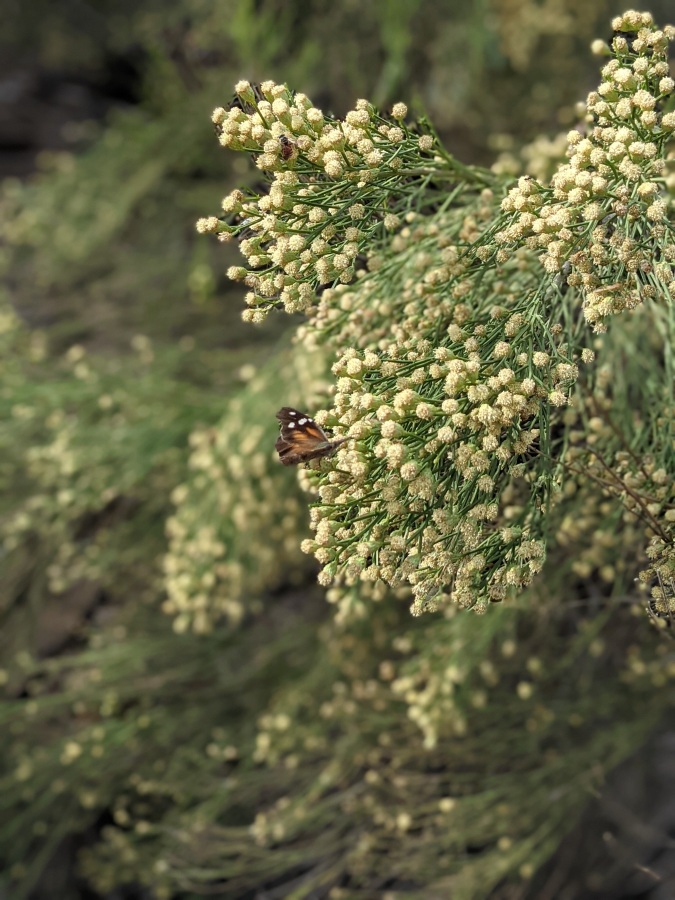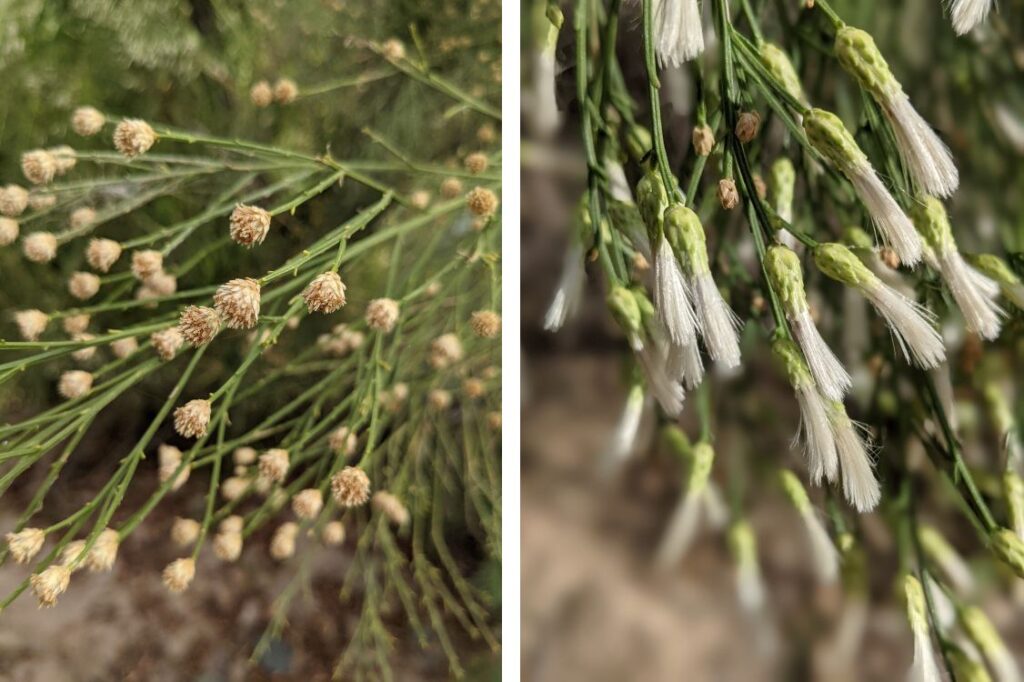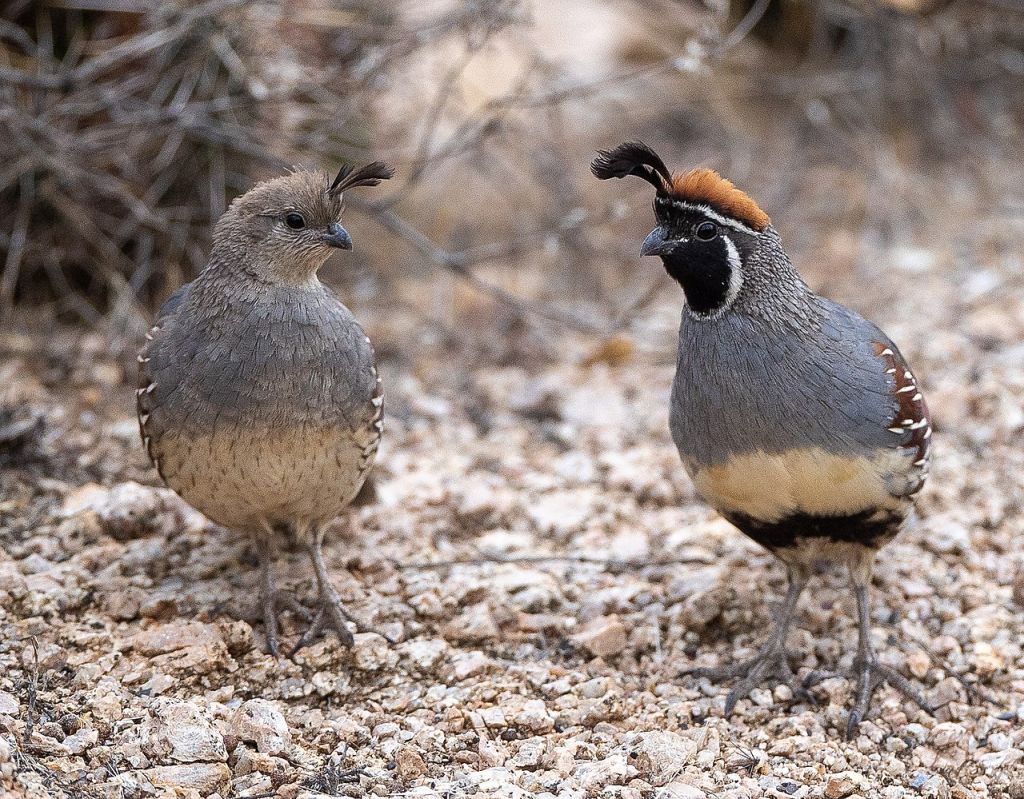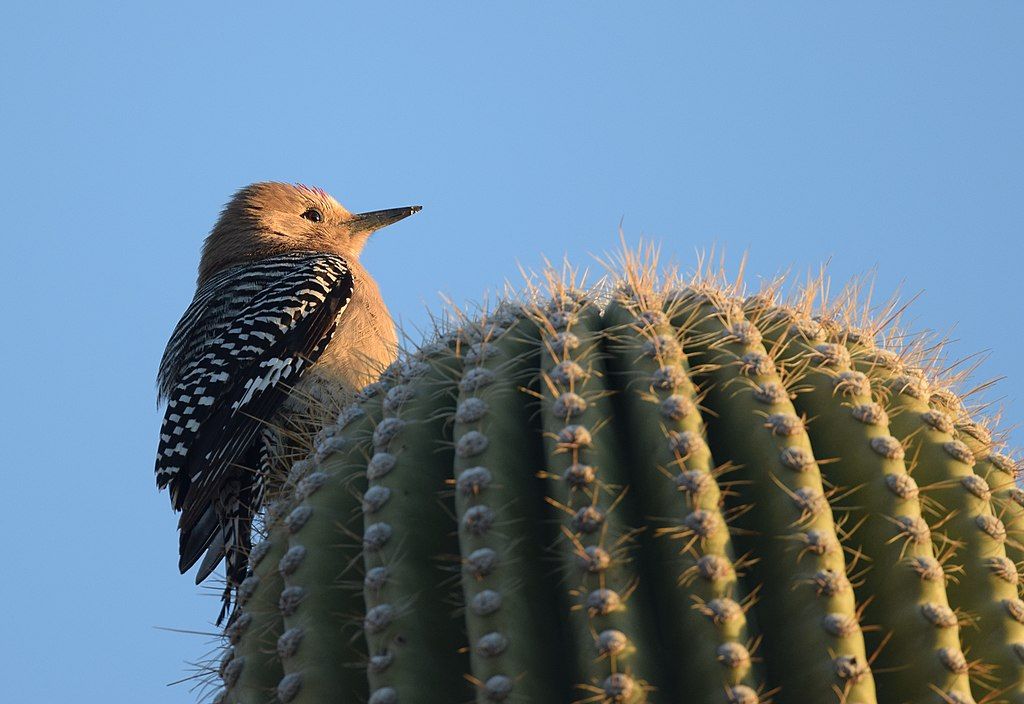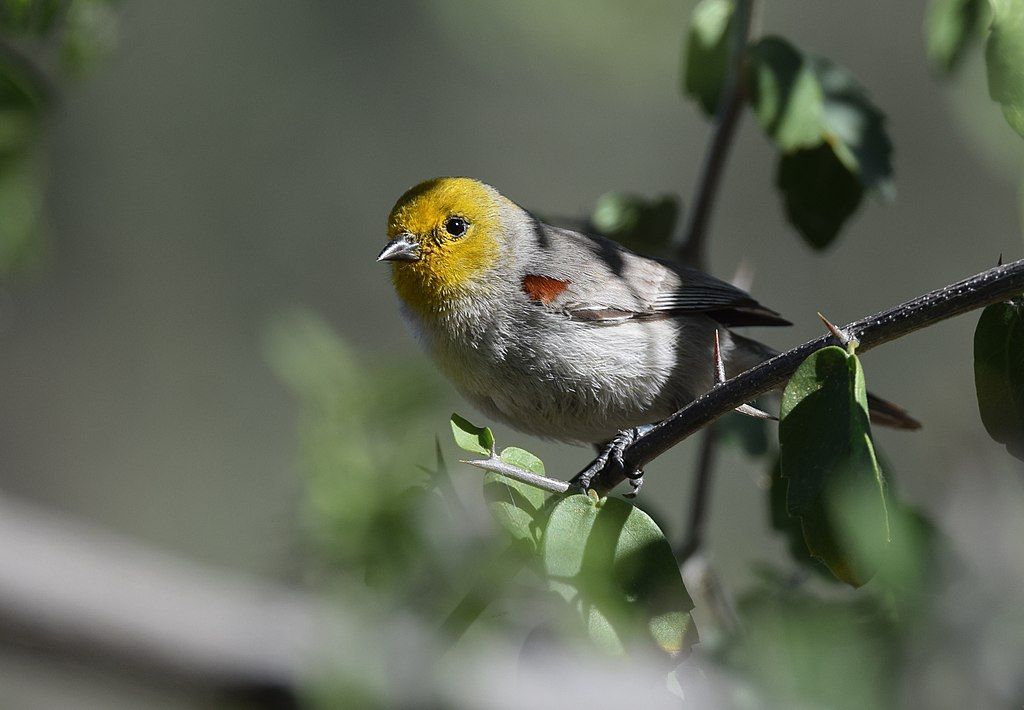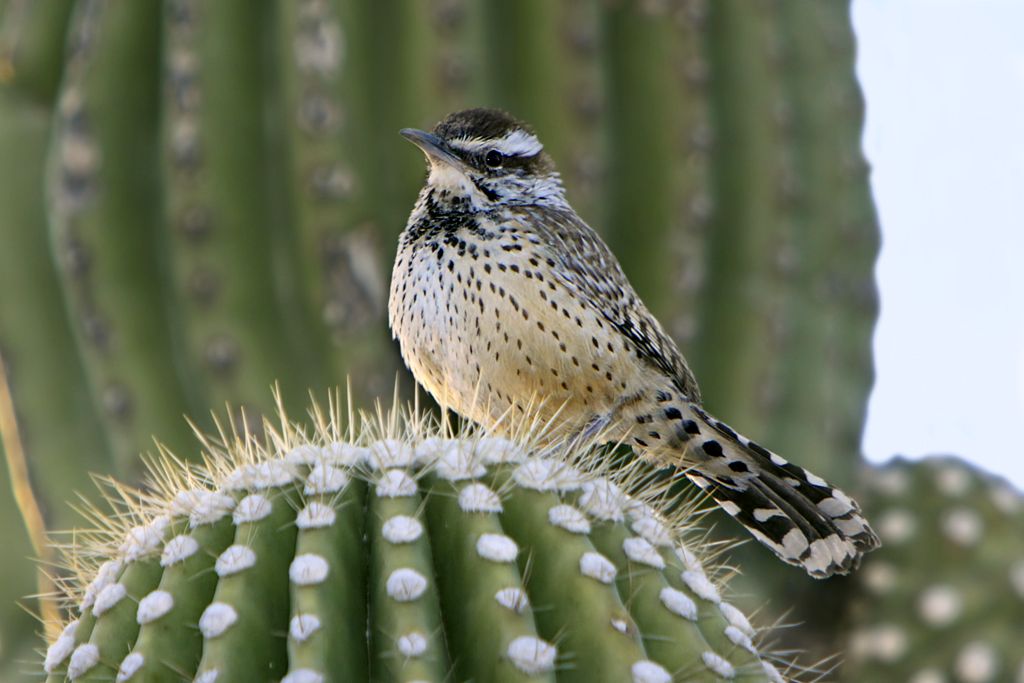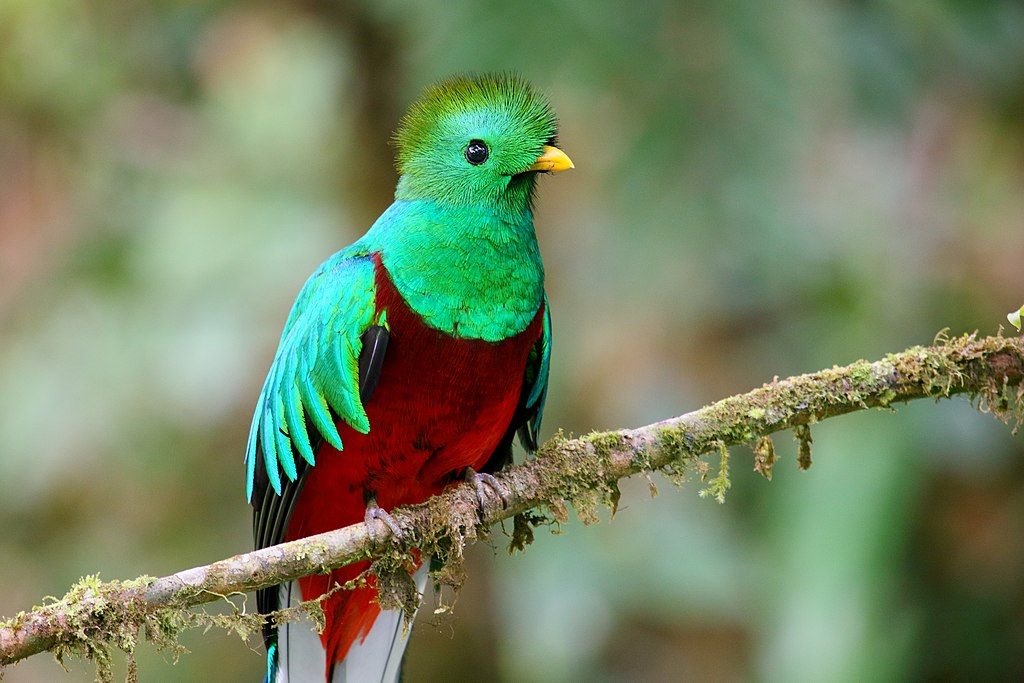
What does the resplendent quetzal (pronounced ket ZAL) have in common with the Mexican food guacamole?
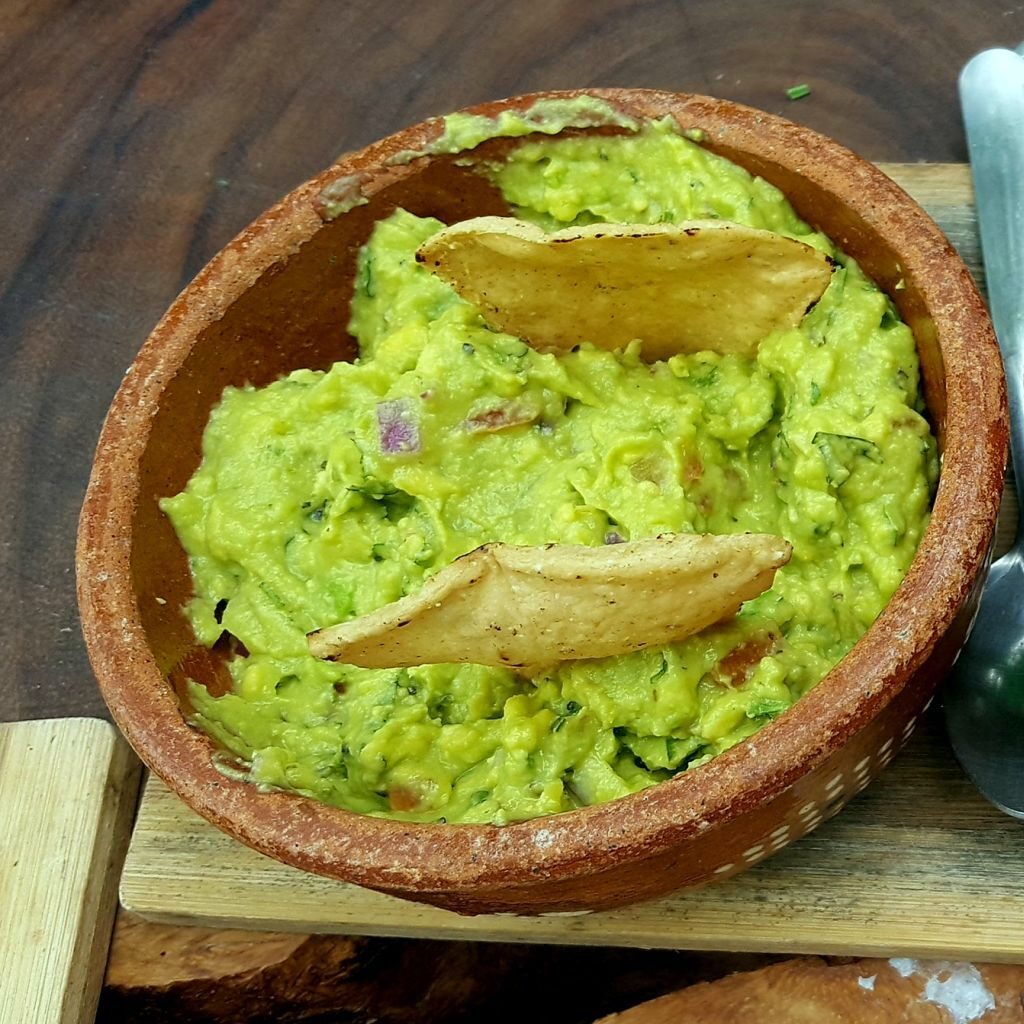
Answer: Avocados
Guacamole’s main ingredient is mashed avocado from cultivated Persea americana trees. Small fruits of wild avocado trees (Persea sp.) are the resplendent quetzal’s (Pharomachrus mocinno) favorite food.
The cultivated avocado fruit and tree looks like this.
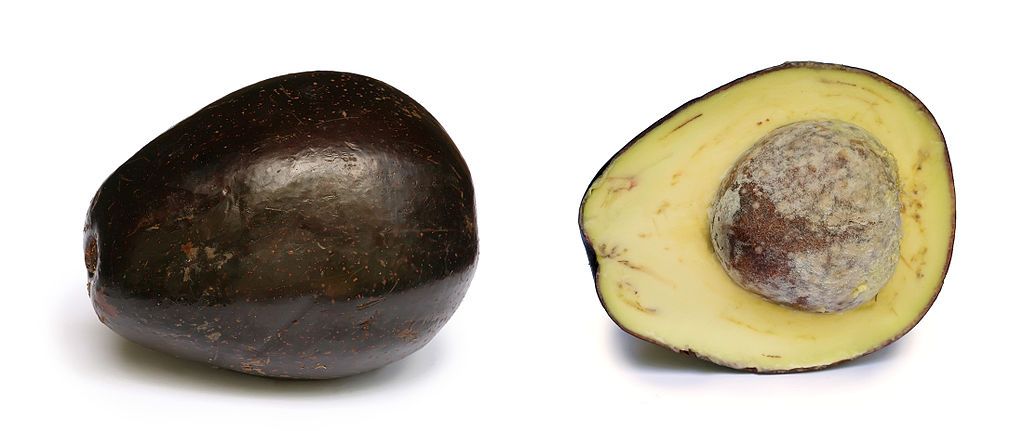
Botanically speaking avocados are berries and there are many species.
In Mesoamerica, Persea proliferated into many new species, and the berries of some of them constitute a valuable food supply for quetzals that live in the montane rainforests of Mesoamerica. In particular, the resplendent quetzal‘s favorite fruits are berries of wild relatives of the avocado. Their differing maturing times in the cloudforest determine the migratory movements of the quetzals to differing elevation levels in the forests. With a gape width of 21 mm (0.83 in), the quetzal swallows the small berry (aguacatillo) whole, which he catches while flying through the lower canopy of the tree, and then regurgitates the seed within 100 meters (328 ft) from the tree.
— Wikipedia: Persea genus
Resplendent quetzals time their breeding to coincide with the most abundant fruit and delay breeding in poor fruit years. Here’s a male quetzal and a wild avocado tree he might visit, Persea caerulea.
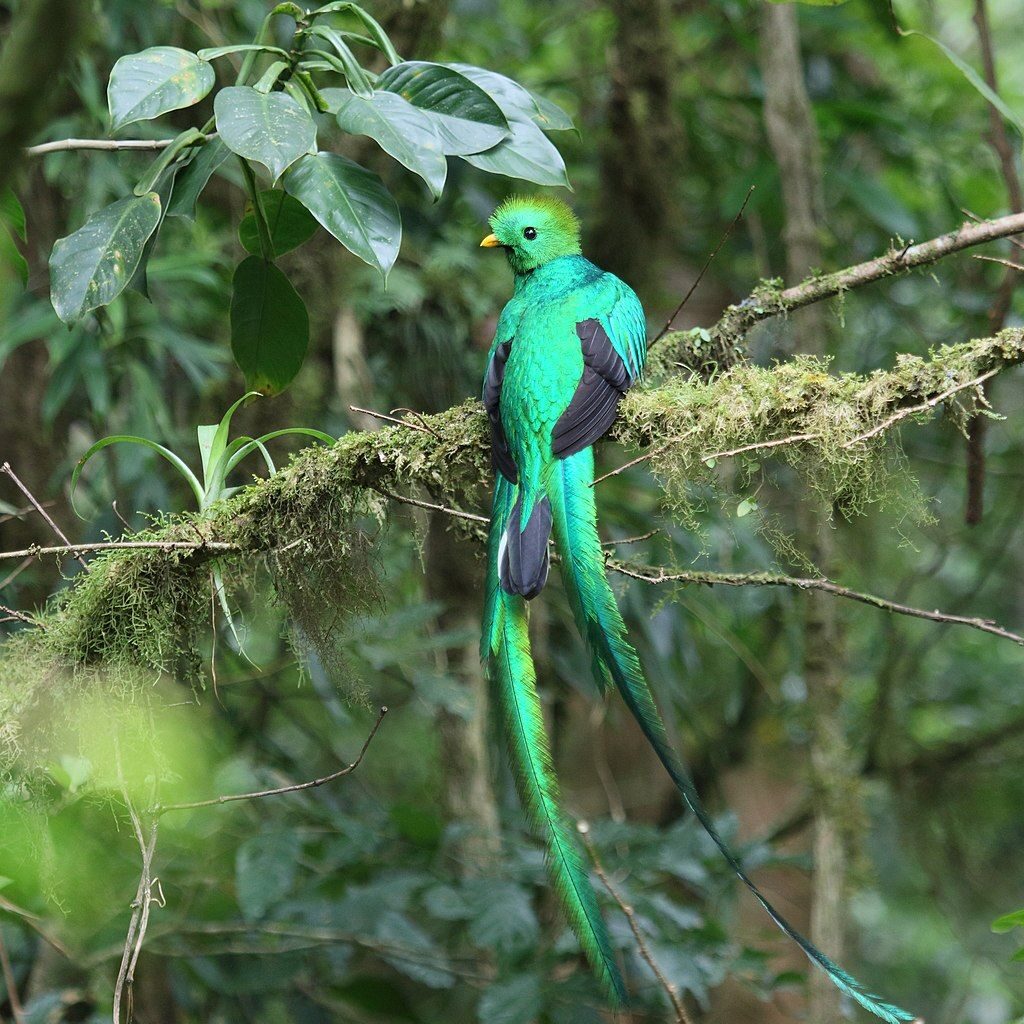
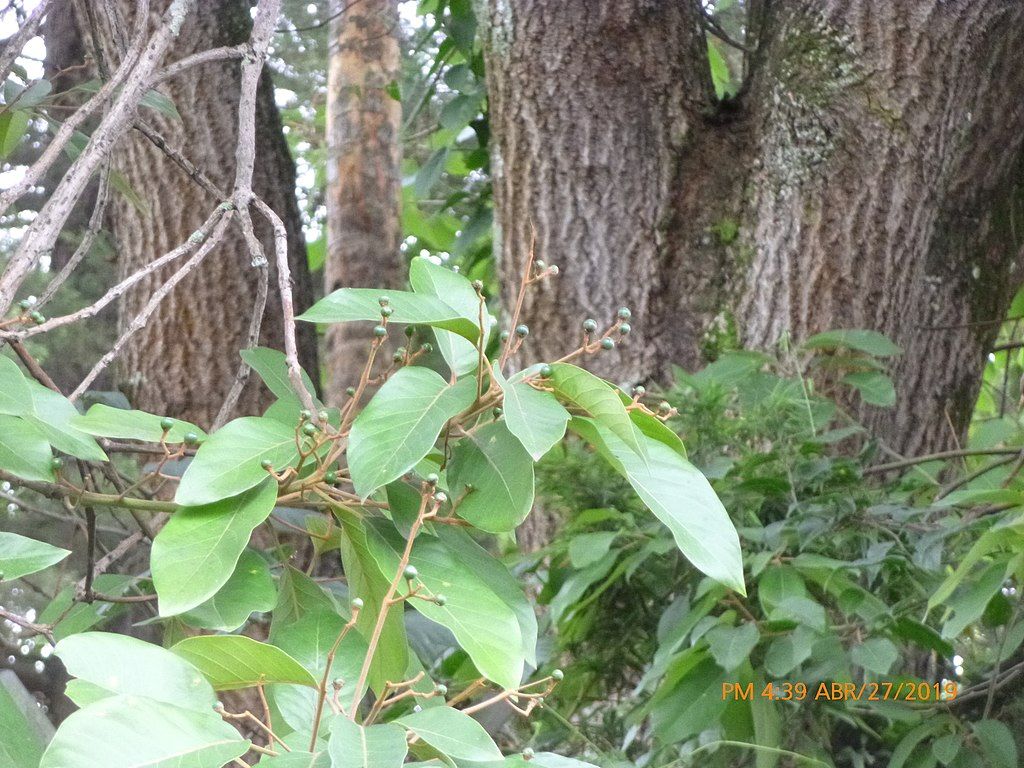
Watch a pair of resplendent quetzals and their (gray colored) youngster among the wild avocado trees. The fruit is just the right size for a quetzal to swallow whole.
So now when you eat avocados you can think of resplendent quetzals.
(photos from Caroline Mueller and Wikimedia Commons; click on the captions to see the originals)
p.s. This topic was inspired by Caroline Mueller’s avocado saplings which she grows from the leftover pits.
